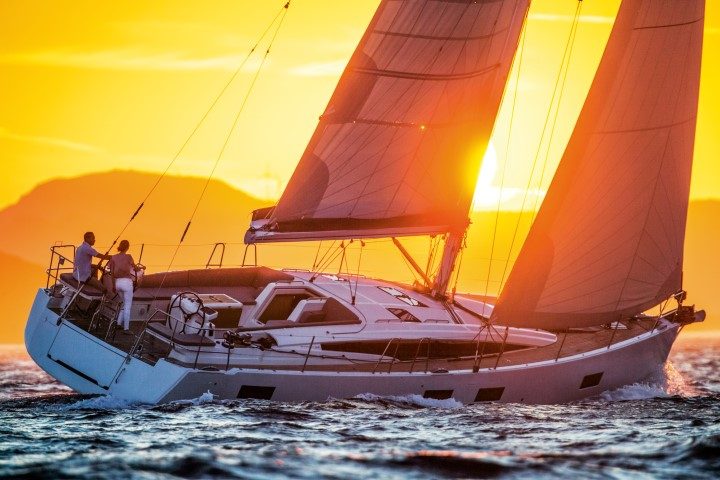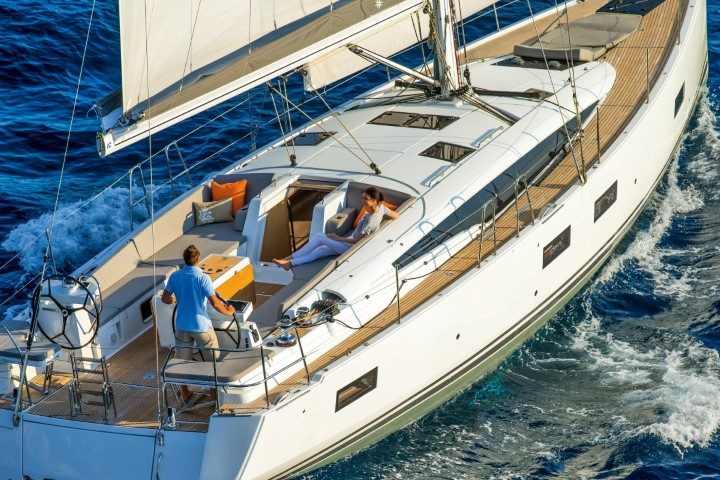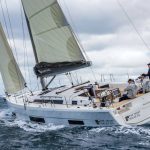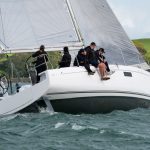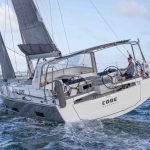‘Behemoth’ is a word which springs to mind or, perhaps more nautically, ‘leviathan’.
- Excellent sailing performance
- Luxurious and stylish
- Extra-large cockpit
- Nicely engineered landing platform
- Is this Jeanneau's best yet?
- Interior by Andrew Winch, superyacht designer
- Various mainsail options
- Larger engine worthwhile

